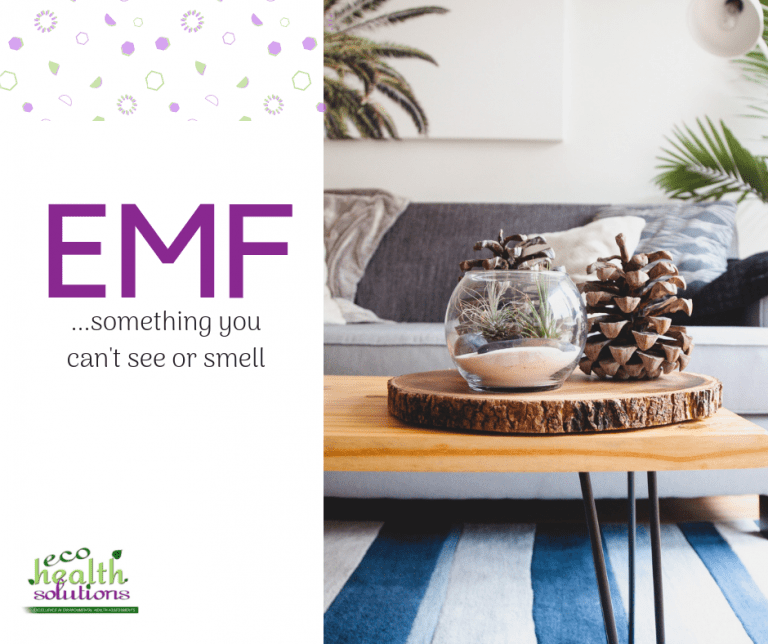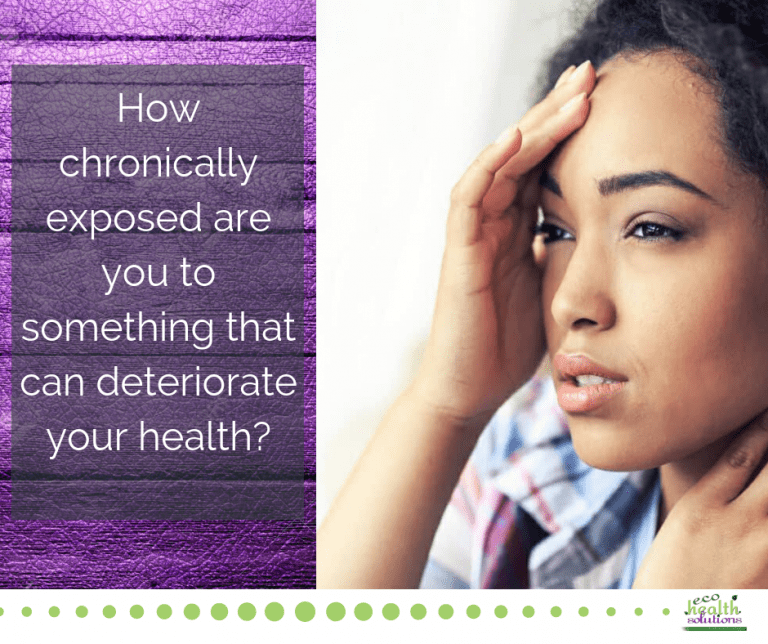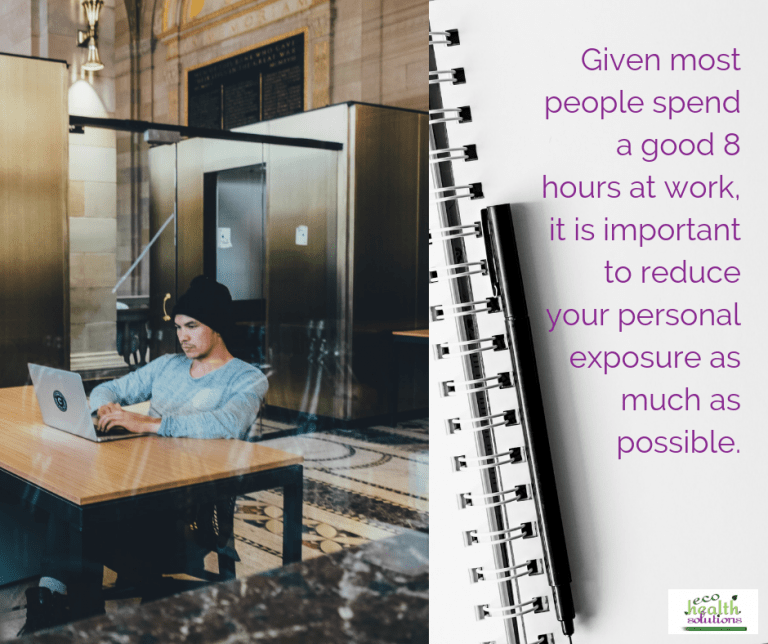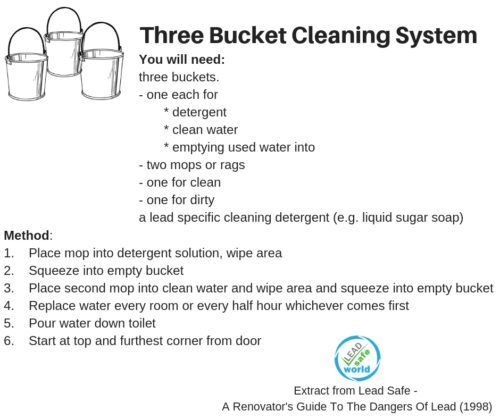EMF Exposure – Understanding How You Can Reduce Your Exposure
EMF Exposure – Understanding How You Can Reduce Your Exposure
EMF is a sneaky thing – because you can’t see or smell it, it is often not considered.
When people are exposed to EMF, they can get a variety of symptoms. With regards to radio frequency electromagnetic energy (RF EME), the officials that set the exposure standards only recognise “thermal effects” – so set the standards to below the level at which tissues are heated.
EMF Exposure Standards Are Too High
I firmly believe that there are many health/biological effects that occur well before this level. I believe that the exposure standards are way too high, especially when IARC (the International Agency for Research on Cancer) recognise radio frequency EME & ELF AC magnetic fields as “Category 2B” (this means that they recognise that these types of EMF are possibly carcinogenic to humans).
There is a growing body of research from scientists (including retired ones!) that not only shows that certain types of EMF result in the body reacting in a certain way, but also are becoming more able to explain how and why these reactions occur.
Symptoms from EMF Exposure
Common symptoms from EMF exposure, based on my observation and interaction with hundreds of clients over the years:
- headaches and migraines (especially unexplained)
- poor sleep, including vivid dreaming
- waking feeling unrefreshed
- low energy
- pain, including sciatica
- grinding teeth (bruxism)
- ringing in the ears (tinnitus)
- poor concentration
Reducing your EMF exposure is important – not through gadgets and stickers, but through turning things off, switching to safer options, and making choices about when and how you use technology.
This is one of my favourite areas to work with people on. Why? Because often, simple changes to behaviour can significantly reduce your exposure.

At Eco Health Solutions, my team and I assess radio frequency electromagnetic energy (RF EME), ELF AC magnetic fields, ELF AC electric fields and dirty electricity.
EMF Exposure in the Home
Here are the top 5 sources of EMF that my team and I commonly see in homes:
1 The meter (smart or otherwise) and the fuse box on the bedroom wall
2 Power boards under the bed
3 Mobile phones and devices (sometimes even found under pillows!)
4 Cordless phones
5 Wi-fi
Reducing your exposure is important – and since our homes are our castles, they are also our safe havens.

Workplaces can expose staff members to extremely high levels of EMF – without realising it!
EMF Exposure in the Workplace
Here are the top 5 sources of EMF that my team and I commonly see in workplace:
1 Cordless headsets
2 Wi-fi
3 Mobile phones and devices
4 The “IT hub”
5 A “spaghetti” pile power cords under the desk
Given most people spend a good 8 hours at work, it is important to reduce your personal exposure as much as possible.






